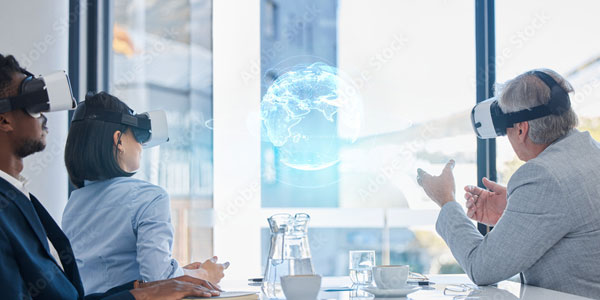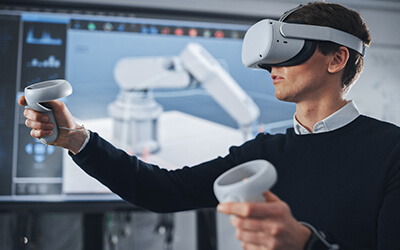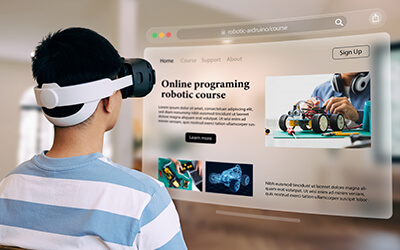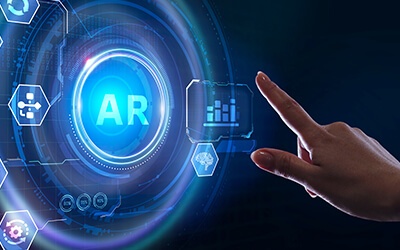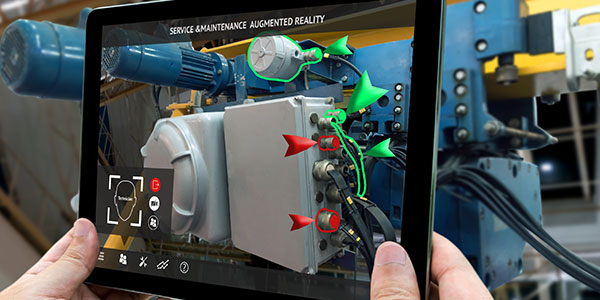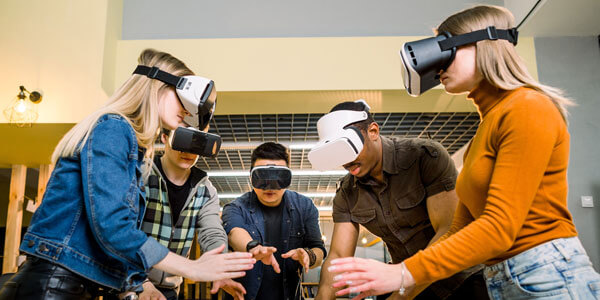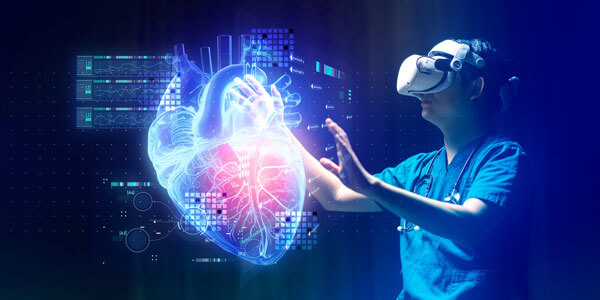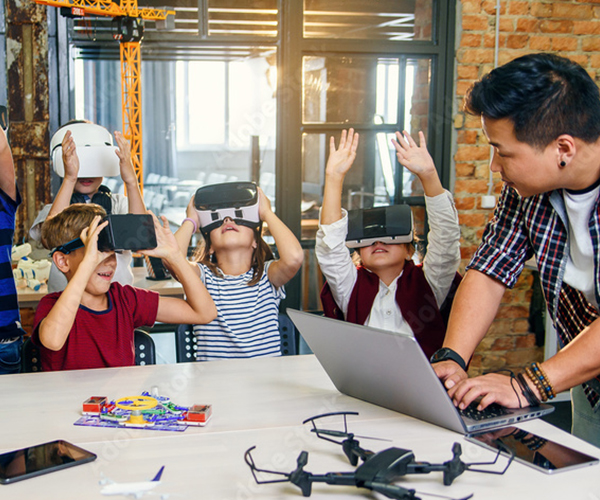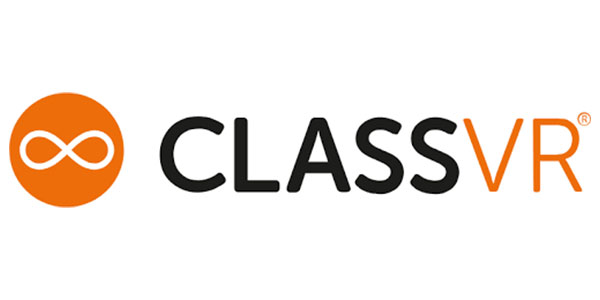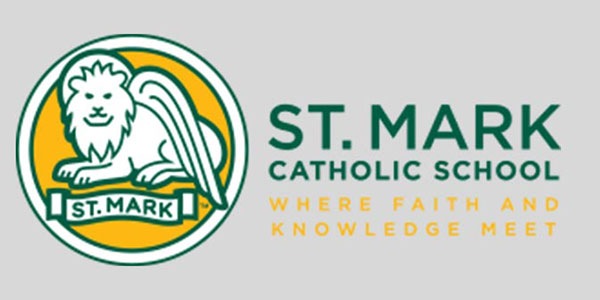Mixed Reality Learning
AR and VR clearly have a lot to offer to educators, but mixed reality may be the most effective teaching tool of the three.
What is MR? It's best thought of as a hybrid between AR and VR. MR is much like AR in that virtual items are represented in the real world. Unlike AR for education, though, MR anchors virtual objects to real-world objects. So, for example, MR could use a student's desk as a platform onto which virtual objects can be placed on top of it. What MR takes from VR is interactivity, as these virtual objects can be picked up, moved around and manipulated in a host of other ways.
Mixed reality learning requires a few technologies to function, but they are compact and intuitive for people to use. A special display, a set of glasses, a stylus for interacting and software are all it takes to deliver an interesting, useful MR experience. A single classroom could accommodate a dozen or more of these MR stations.
How can MR help teach students in their real-world surroundings? The possibilities are truly endless, and we're only beginning to tap its potential. Take a basic biology lesson, for example. This is what it might look like in MR:
- The student sits in front of the MR display, puts on their glasses, picks up the stylus and starts the lesson.
- The lesson is about human anatomy. The MR display and glasses work together to project a virtual image onto the student's desk. This image could be of anything, but for this lesson, it's an image of a human heart.
- The student uses their stylus to spin the heart around and examine it from every angle. No matter how the student angles the object, it looks exactly like it should from that angle. Perhaps the heart is animated and beats so the student can see, with near-lifelike visual fidelity, how the heart and nearby anatomical structures operate with every beat.
That is exciting enough, but it's only one example. MR can be used to simulate physics, explore the universe, learn about climate patterns, try out science experiments without making a mess or investing in expensive equipment, learn artistic concepts in a 3D environment and much more. As more developers enter the MR market, it's likely that future students will have access to an entirely new way of learning, one that is more engaging and relevant for the workforce they will enter.
As the technology improves for AR, VR and even MR, better control options (such as haptic touch feedback) and smarter applications will likely swarm the market. They are already powerful educational, marketing and productivity tools, but they are slated to be even more effective as this technology continues to evolve.

